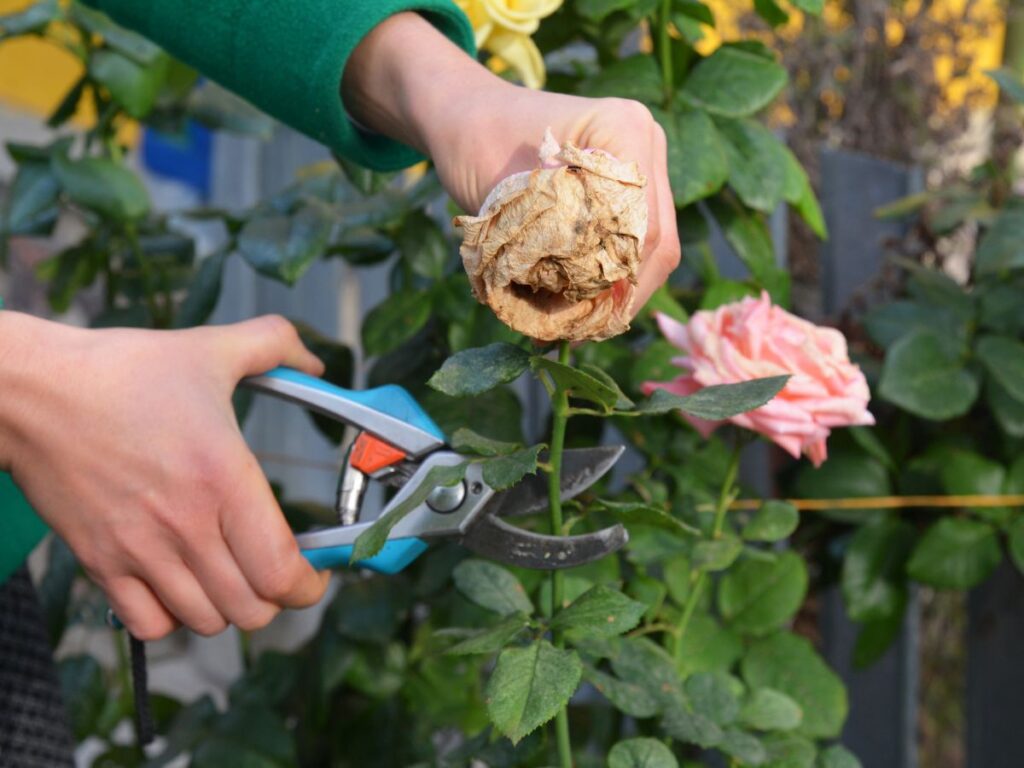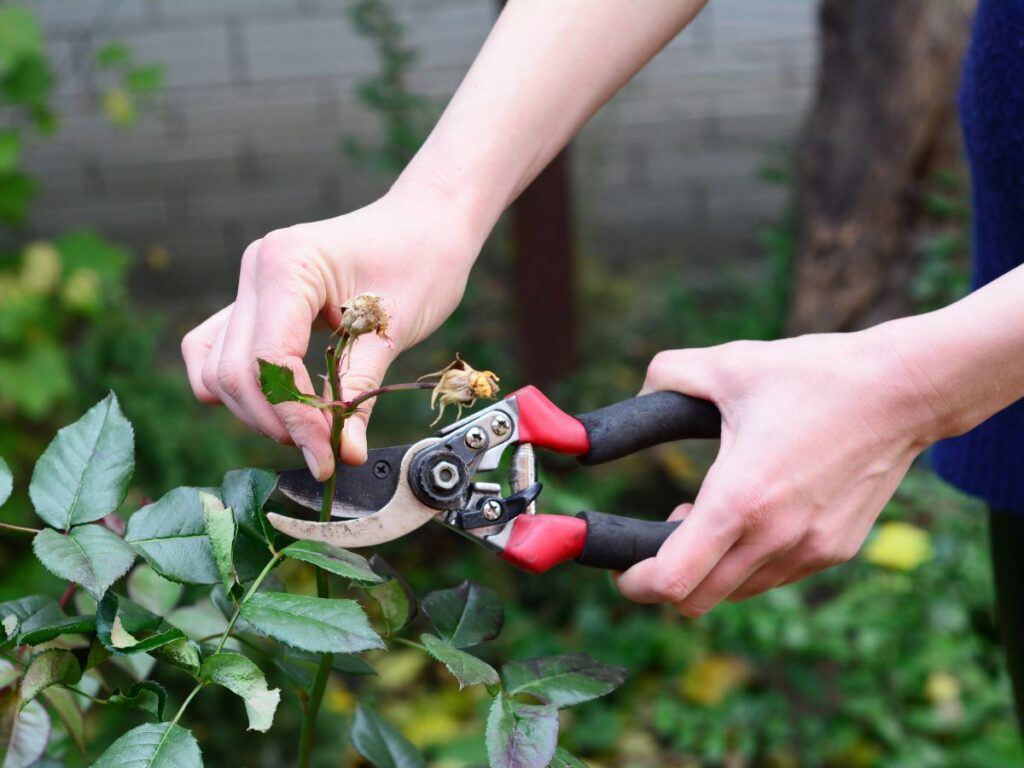Think you know how to deadhead flowers?
You might be doing it wrong! There’s a game-changing technique that can make all the difference.
Curious to learn the right way?
Here’s the technique you need to know. Let’s get started!
Some Plants Bloom Only Once!
Many growers often forget, but some plants bloom only once. And deadheading won’t work for these plants! While roses, dahlias, and daisies benefit from deadheading to boost blooming, plants like lilies, lupines, tulips, daffodils, and gladiolas won’t respond the same way.
These are single-stemmed plants, meaning once you cut off the blossom, you’re left with just the stem. This method does no harm to annuals since they complete their lifecycle in a year. But for perennials that bloom only once, deadheading can be detrimental.
Repeatedly removing spent blossoms from plants such as tulips and lilies can damage their stems. This prevents the plant from absorbing essential nutrients. Consequently, if some of your plants didn’t produce flowers this season, deadheading might be the culprit.
To flag which plants to avoid deadheading, remember:
- Single-stemmed plants: Lilies, Lupines, Tulips, Daffodils, Gladiolas
Understanding this can save your blooms and let these plants thrive, showering your garden with their beauty season after season.
How To Cut Off Spent Blooms
Never leave the stems bare when you’re dealing with single-stemmed blooming perennials. Your aim should be to remove the flower along with the stalk down to the lowest nodes. These nodes are the swollen parts on the stem where new leaves develop.
Using this method helps your plant redirect its energy towards producing new stems and leaves, creating a healthier plant with more branches and new blooms in the next season. This practice is quite old and has been used by gardeners for a long time.
A common mistake is not cleaning cutting tools. You might think this step is unnecessary, but it’s essential. Shears, scissors, pruners, and garden knives can easily spread diseases caused by fungi and viruses. Pests can also hitch a ride on these tools.
Before you make any cuts, dip your tools in rubbing alcohol, bleach, or white vinegar. Repeat this cleaning process before each cut to prevent any disease transmission.
Deadheading can lead to more blooms but isn’t suitable for all plants. It can even be harmful to some. Always research how your specific plants grow and their blooming patterns.
Cleaning your tools:
- Rubbing Alcohol: Disinfect cutting surfaces
- Bleach Solution: Effective against a range of pathogens
- White Vinegar: Natural option for cleaning
Steps for removing spent blooms:
- Identify the lowest nodes on the stems.
- Cut the flower and stalk down to these nodes.
- Clean your tools before and after each cut.




I’m 70 and my Aunt told me years ago to trim a dead rose off at the first 5 leaves. She was a Master Gardener. This has worked for me for 30 years same 🌹🌹 roses.